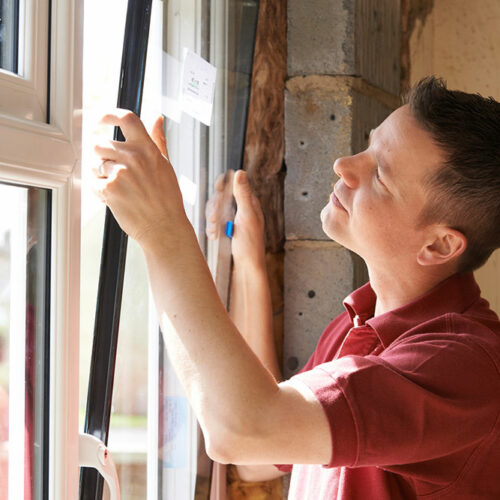Overactive bladder – Causes, symptoms, and management

Overactive bladder, or OAB, is a group of symptoms that affect bladder control. It is known to be one of the most common urologic conditions. Yet, a lot of people are reluctant to seek treatment. This usually happens when a person feels embarrassed to discuss the symptoms with a doctor. However, it is crucial to treat OAB on time to prevent further complications. Here are some common causes, symptoms, and management options for OAB. Causes of OAB An overactive bladder is often caused by certain pre-existing conditions and injuries to the detrusor muscle. These are a group of smooth muscle fibers that line the wall of the bladder. Some of the conditions that cause OAB include the following. Injury or trauma to the abdominal muscles In certain situations, such as pregnancy and childbirth, the pelvic muscles are stretched and become weak. This causes the bladder to sag, triggering OAB symptoms. Nerve damage The damage or injury to nerves can occur due to pelvic or back surgery, radiation therapy, herniated discs, multiple sclerosis, Parkinson’s disease, or a stroke. This causes nerve function to malfunction, with inaccurate signals sent to the brain and bladder, resulting in involuntary pee. Infection Often, infections such as urinary tract infections (UTIs) can lead to irritation and inflammation of the bladder nerves, triggering OAB.






